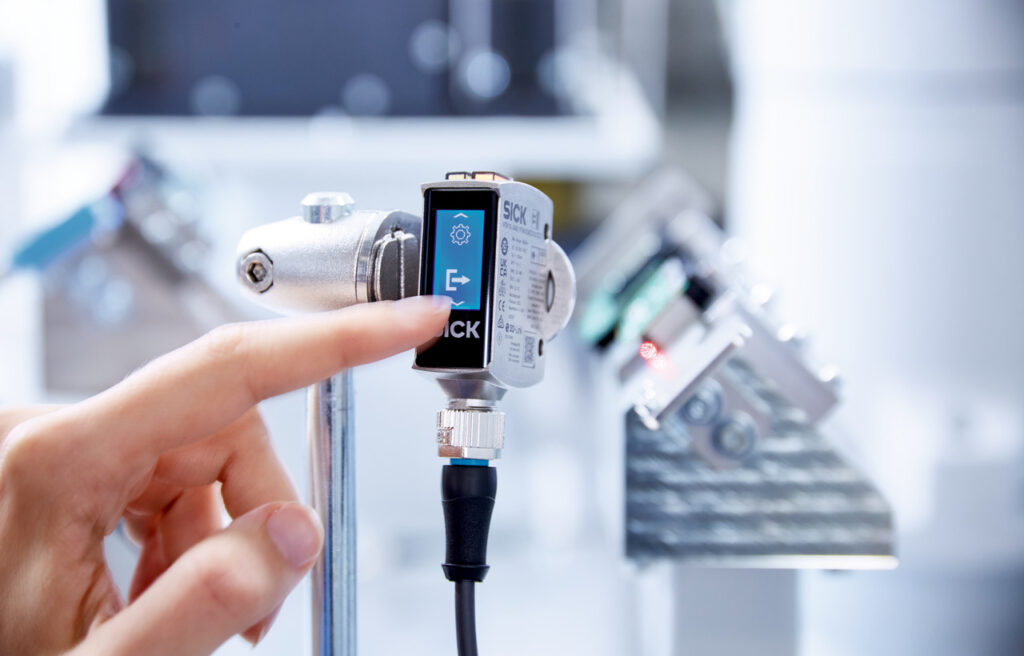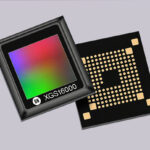ASIA ELECTRONICS INDUSTRYYOUR WINDOW TO SMART MANUFACTURING
SICK Sensor Makes New Benchmark in Object Detection
SICK AG has introduced a new sensor that can solve a wide range of detection tasks in automation technology. Particularly, the new W10 photoelectric proximity sensor series comes in four variants and differs in operating distances and mounting options.
Thus, this considerably reduces the usual variety of types. The Class 1 laser light source, in conjunction with the precise receiver evaluation line, delivers precise detection results with high repeat accuracy. For the first time, a sensor of this type has a touchscreen interface. This means that the operation of the W10 meets demanding requirements for intuitive ease of use and innovative user experience.
World First Triangulation Sensor
Three application-optimized operating modes are possible, just as easily via the display as foreground or background suppression if required. In addition, situation-dependent teach-in options allow the W10 to suit individual application scenarios. The stainless steel housing with IP69k protection protects the sensor even when used in demanding ambient conditions.

Thanks to IO-Link functionality, the photoelectric sensor offers the option of remote configuration and efficient integration of the recorded sensor data into an existing automation network.
SICK’s W10 stands for versatility and a high degree of flexibility in application design. Hence, it opens up a wide range of applications for the photoelectric proximity sensor across numerous industrial sectors and innovation sectors. Particularly, in factory and logistics automation applications. For example, in the robust and reliable detection of objects with different or challenging surface properties such as gloss, color or structures.
The W10 is the world’s first laser triangulation sensor with an intuitive user experience via touchscreen. Whatever the operating modes, the operator can select, call up, adjust, and save everything intuitively. A screen lock as a special security feature of the W10 protects the settings securely against access or unwanted changes by third parties.
Reliable Detection: Precise Laser Triangulation
The W10 combines a high-precision class 1 laser light source – whose focused light beam produces only a small light spot on an object – with a fast and precise receiver evaluation line.
Thanks to this powerful technology, the photoelectric proximity sensor achieves very precise detection results with high repeat accuracy both in the short-range version with working distances between 25 mm and 400 mm and in the long-range version with ranges from 25 mm to 700 mm: this is ideal for the precise detection of objects and positions. In speed mode, the response time is 1.8 ms – reliable switching behavior is therefore guaranteed even at high machine speeds.
Wide Range of Applications: Teach-in Option; Hybrid, Robust Design
By using dynamic algorithms developed for specific applications, the W10 achieves a high level of reliability and good repeat accuracy ex works. Moreover, the photoelectric proximity sensor offers individual teach-in options for specific adaptations. In addition to the usual 1-point teach, which detects objects at a defined distance, a 2-point teach enables detection of objects of different heights.
A manual mode extends the teach options and offers even more flexibility. Thus, both the short-range and long-range versions of the W10 are available in two housing variants. First, for standard mounting with a 1-inch hole and the other for hybrid mounting via the M18 thread on the front or the 1-inch hole on the side.
With just two versions – each with two color LEDs to indicate the operating status – the W10 offers a high degree of mounting flexibility. This makes it suitable for the most common installation situations.
The stainless steel housing with protection class IP69k makes all W10s extremely robust devices that can withstand harsh operating environments, aggressive media or frequent cleaning cycles. Thus, ensuring maximum availability during operation and avoids long downtimes in the application.




